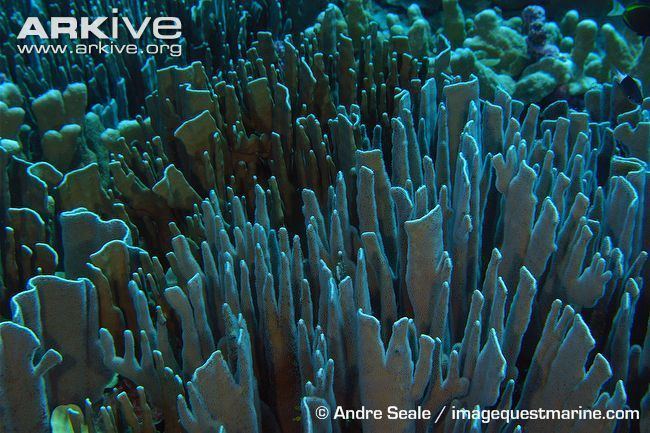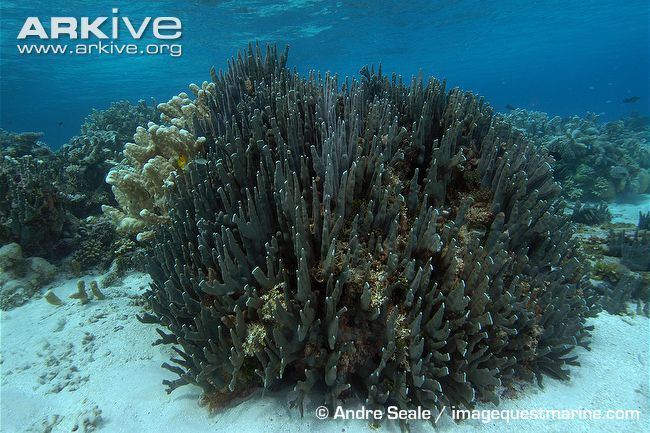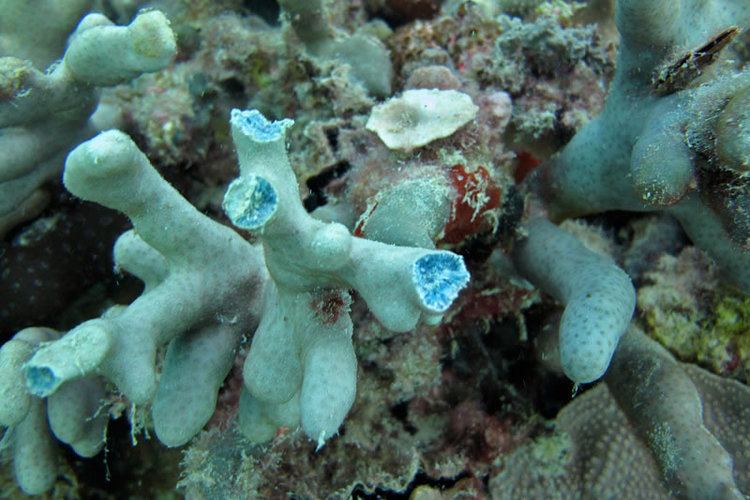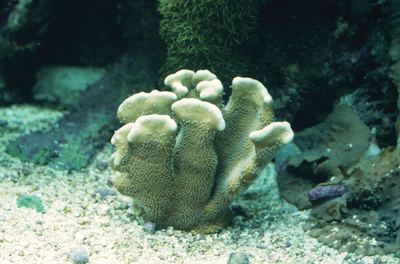Genus Heliopora Higher classification Heliopora | Family Helioporidae Scientific name Heliopora coerulea Rank Species Order Coenothecalia | |
 | ||
Similar Heliopora, Black coral, Octocorallia, Organ pipe coral, Coenothecalia | ||
Blue coral samsung galaxy s7 edge hands on 4k all u s colors
Blue coral (Heliopora coerulea) is a species of colonial coral and the only species in the family Helioporidae and the only Octocoral known to produce a massive skeleton. This skeleton is formed of aragonite, similar to that of scleractinia. Individual polyps live in tubes within the skeleton and are connected by a thin layer of tissue over the outside of the skeleton. It was described by Pallas in 1766.
Contents
- Blue coral samsung galaxy s7 edge hands on 4k all u s colors
- Samung s7 edge blue coral colour unboxing ii whats new ii hindi
- Description
- Distribution
- Taxonomy
- References

Samung s7 edge blue coral colour unboxing ii whats new ii hindi
Description

The blue coral is the only extant Octocoral with a massive skeleton, which is composed of fibrocrystalline aragonite (calcium carbonate). It is a hermatypic zooxanthellaete species with either blue or grey-grey polyps located within its skeleton, which each contain eight tentacles. Its colonies are either columnar, plates or branched. It is a tolerant species and is used in marine aquariums.

Iron salts give the skeleton of Heliopora coerulea its unique color, which allows for easy recognition in fossil outcrops. As such, it is fairly abundant within paleontology, with fossils indicating the species has remained unchanged since the Cretaceous.
Distribution

Despite being common in some areas and having a large range, the blue coral has been given the conservation status of a vulnerable species by the IUCN. Its population is unknown but it is believed to be decreasing in line with the global destruction of coral reefs; it is threatened by aquarium harversting, bleaching, habitat destruction, the acidification of oceans, and climate change. It is found in the eastern and western Indian ocean, and the eastern central, western central, northwestern, and southwestern Pacific Ocean; its range includes the Great Barrier Reef, Australia, Japan and the Ryukyu Islands. Its largest colony is believed to be located off Ishigaki Island in the Yaeyama Islands, southwestern Japan. It is found in reefs with depths below 2 metres (6 ft 7 in), or reefs exposed to waves, flats, intertidal regions, and sometimes in marginal habitats. The blue coral is listed under CITES Appendixes I and II.
Taxonomy
Heliopora coerulea was described by Pallas in 1766.
